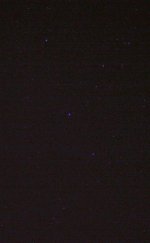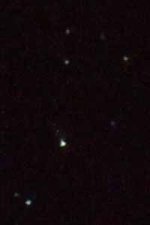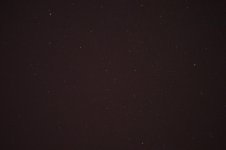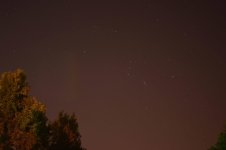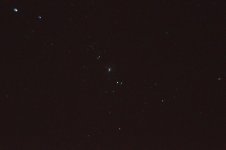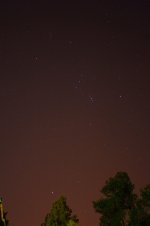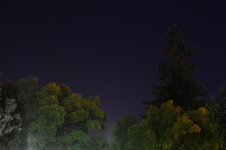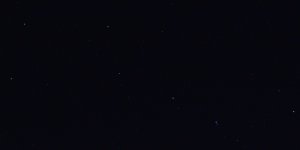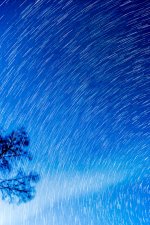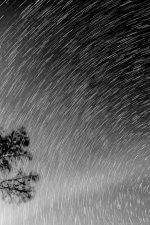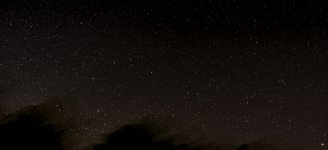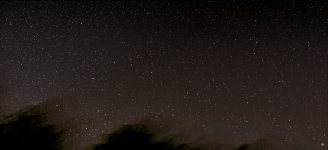So to be truthful I haven't really tried to shoot stars. I love shooting at night but mostly for light painting and panoramas. The following shot was done during a full moon which is not ideal for stars at all but the D800E has such an amazing dynamic range that it managed to pick quite a few up anyways. Please tell me what you think and be as disparaging and honest as possible. Don't sugar coat it on my behalf, lay it on me I can handle it. It will help me to learn new skills or techniques that I'm sure I need. So here it is.
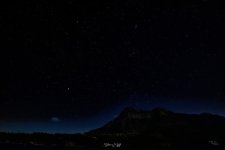
It sure looses a lot when converted to jpeg. Oh well.

It sure looses a lot when converted to jpeg. Oh well.


